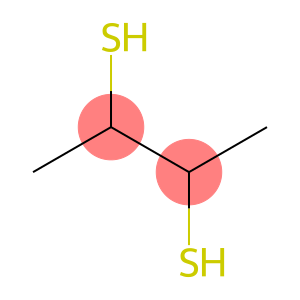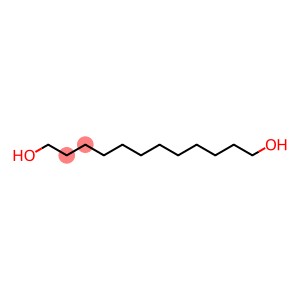1,6-Hexanedithiol(CAS#1191-43-1)
| Hazard Symbols | Xn – Harmful |
| Risk Codes | R36/37/38 – Irritating to eyes, respiratory system and skin. R20/21/22 – Harmful by inhalation, in contact with skin and if swallowed. |
| Safety Description | S23 – Do not breathe vapour. S24/25 – Avoid contact with skin and eyes. S36/37/39 – Wear suitable protective clothing, gloves and eye/face protection. S26 – In case of contact with eyes, rinse immediately with plenty of water and seek medical advice. |
| UN IDs | 2810 |
| WGK Germany | 3 |
| RTECS | MO3500000 |
| FLUKA BRAND F CODES | 13 |
| HS Code | 29309090 |
| Hazard Class | 6.1 |
| Packing Group | III |
Introduction
1,6-Hexanedithiol is an organic compound. It is a colorless to light yellow liquid with a strong rotten egg flavor. The following is an introduction to the properties, uses, preparation methods and safety information of 1,6-hexanedithiol:
Quality:
1,6-Hexanedithiol is a compound with two thiol functional groups. It is soluble in many organic solvents such as alcohols, ethers, and ketones, but insoluble in water. 1,6-Hexanedithiol has good stability and low vapor pressure.
Use:
1,6-Hexanedithiol has a wide range of uses in the chemical industry and is often used as a reagent in organic synthesis. It can be used in the preparation of compounds with disulfide bonds, such as disulfides, thiol esters, and disulfides, among others. 1,6-Hexanedithiol can also be used as an additive for catalysts, antioxidants, flame retardants and metal surface treatment agents.
Method:
A common synthesis method is to obtain 1,6-hexanedithiol by reacting hexanediol with hydrogen sulfide under alkaline conditions. Specifically, the lye solution (such as sodium hydroxide solution) is first added to an organic solvent dissolved in hexanediol, and then hydrogen sulfide gas is added, and after a period of reaction, a 1,6-hexanedithiol product is obtained.
Safety Information:
1,6-Hexanedithiol is a pungent odor substance that may cause irritation and discomfort when it enters the eyes or skin. Direct contact with skin and eyes should be avoided when using and appropriate protective gear should be worn. 1,6-Hexanedithiol is a flammable liquid, and safety measures for fire and explosion should be observed. When storing and handling, it is necessary to follow the relevant safety operating procedures and ensure good ventilation conditions.








